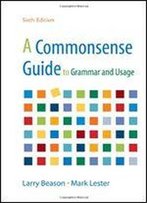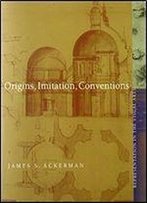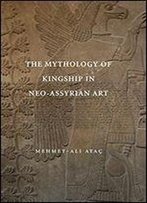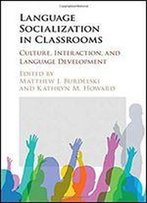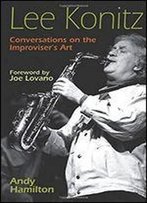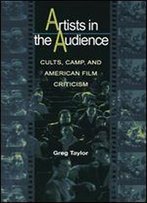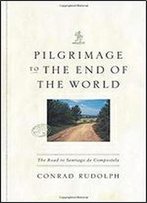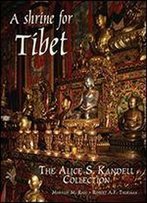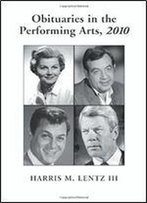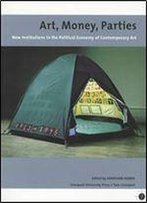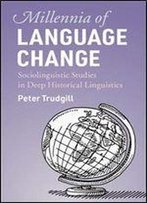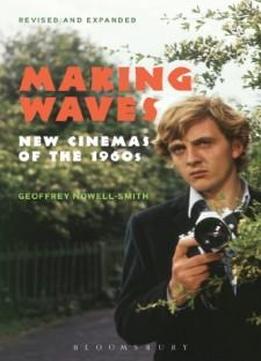
Making Waves, Revised And Expanded: New Cinemas Of The 1960s
by Geoffrey Nowell-Smith /
2013 / English / EPUB, Mobipocket
1.7 MB Download
The 1960s was famously the decade of sex, drugs and rock'n'roll.
It was also a decade of revolution and counter-revolution, of the
Cuban missile crisis, of the American intervention in Vietnam, of
economic booms and the beginning of consumerism (and the
rebellion against it). It was a decade in which the avantgarde
came out of the closet and into the street, expressing itself on
album covers and posters as much as in galleries. And it was a
decade in which the old popular art - crooners and show bands,
Hollywood musicals and melodramas - seemed destined to be swept
away by the tide of novelty emerging across the world.
The 1960s was famously the decade of sex, drugs and rock'n'roll.
It was also a decade of revolution and counter-revolution, of the
Cuban missile crisis, of the American intervention in Vietnam, of
economic booms and the beginning of consumerism (and the
rebellion against it). It was a decade in which the avantgarde
came out of the closet and into the street, expressing itself on
album covers and posters as much as in galleries. And it was a
decade in which the old popular art - crooners and show bands,
Hollywood musicals and melodramas - seemed destined to be swept
away by the tide of novelty emerging across the world.
The cinema was central to this atmosphere of cultural ferment.
Hollywood was in decline, both artistically and commercially. The
genres which had held audiences captive in the 1940s and 50s -
musicals, Westerns, melodramas - were losing their appeal and
their great practitioners were approaching retirement. The scene
was therefore set for new cinemas to emerge to attract the young,
the discriminating, the politically conscious and the sexually
emancipated. The innovative features of the new cinemas were not
the same everywhere. Common to most of them, however, were a
political and aesthetic radicalism and a break with the
traditions of studio filmmaking and its cult of perfect illusion.
The cinema was central to this atmosphere of cultural ferment.
Hollywood was in decline, both artistically and commercially. The
genres which had held audiences captive in the 1940s and 50s -
musicals, Westerns, melodramas - were losing their appeal and
their great practitioners were approaching retirement. The scene
was therefore set for new cinemas to emerge to attract the young,
the discriminating, the politically conscious and the sexually
emancipated. The innovative features of the new cinemas were not
the same everywhere. Common to most of them, however, were a
political and aesthetic radicalism and a break with the
traditions of studio filmmaking and its cult of perfect illusion.Making Waves, Revised and Expanded is
Making Waves, Revised and Expanded is a sharp, focused,
and brilliant survey of the innovative filmmaking of the 1960s,
placing it in its political, economic, cultural and aesthetic
context - capturing the distinctiveness of a decade which was
great for the cinema and for the world at large. Geoffrey
Nowell-Smith pays particular attention to a handful of the most
remarkable talents (Godard, Antonioni, Oshima) that emerged
during the period and helped to make it so special.
a sharp, focused,
and brilliant survey of the innovative filmmaking of the 1960s,
placing it in its political, economic, cultural and aesthetic
context - capturing the distinctiveness of a decade which was
great for the cinema and for the world at large. Geoffrey
Nowell-Smith pays particular attention to a handful of the most
remarkable talents (Godard, Antonioni, Oshima) that emerged
during the period and helped to make it so special.
